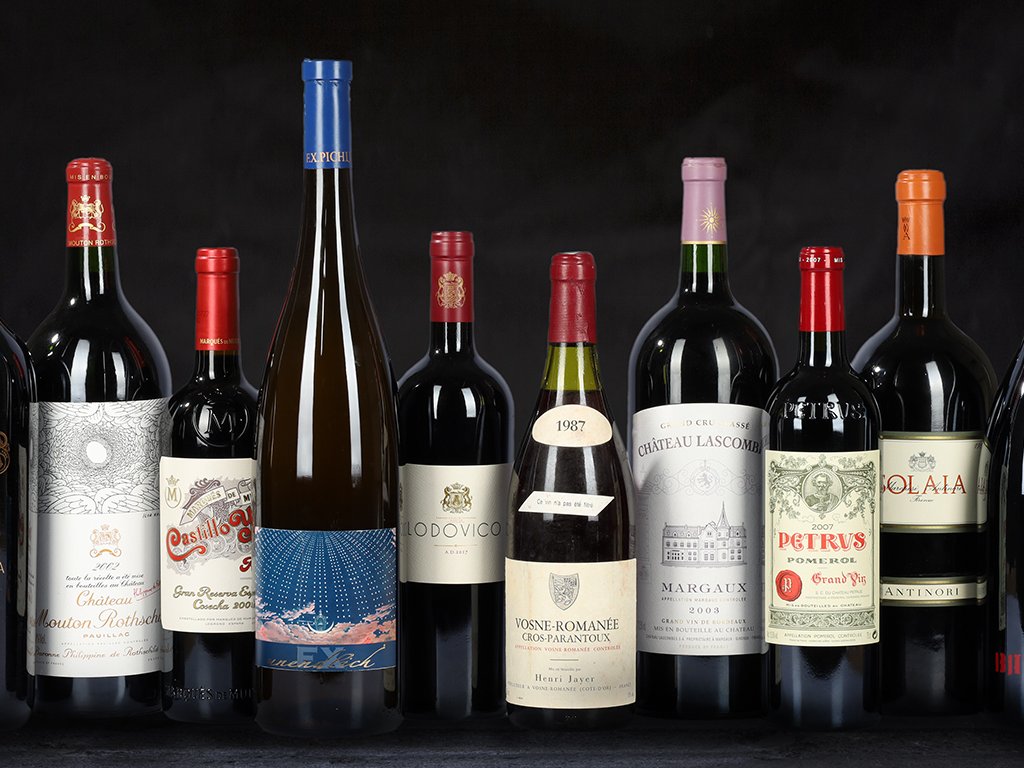
What is Blaufränkisch?
Blaufränkisch is a red grape variety from Central Europe where it has long been recognised as a quality grape that can make exquisite and long-lived red wines. It is also known as Kékfrankos, Lemberger and Frankovka.
What does Blaufränkisch taste like?
Blaufränkisch has notes of dark fruit, especially cherry and plum, often augmented by a spicy pepperiness. The best examples have floral overtones of peony, iris and even violet. The tannic structure is firm but elegant.
Where is Blaufränkisch from?
Blaufränkisch is likely to have originated in the area that is now Austria and Hungary. Like many European grapes, it has a parent-offspring relationship with Gouais Blanc, but its exact history and parentage is unknown.
Where does Blaufränkisch grow?
Blaufränkisch thrives in the continental climates of numerous central European countries: It is the second-most planted red grape in Austria, where it benefits from the Pannonian heat coming from the Hungarian plain. It makes expressive and long-lived wines in Burgenland – increasingly there also are very elegant wines from Carnuntum. In Hungary it has long been the backbone of the famed Egri Bikavér wine, or Bull’s Blood, from Eger, but there are pure varietal wines, too. Blaufränkisch also thrives in Slovakia, Bulgaria, the Czech Republic and Croatia. In Germany, where it is known as Lemberger, its plantings are concentrated in the southwestern region of Württemberg. These wines can be particularly floral in the right hands. There are experimental plantings in Canada, Washington State, Australia and Japan. It still is somewhat of a sleeper in international circles.
Famous Blaufränkisch regions:
- Burgenland, Austria
- Carnuntum, Austria
- Sopron, Hungary
- Eger, Hungary
- Kunság, Hungary
- Szekszárd, Hungary
- Württemberg, Germany
Anything else?
Due to its quality potential and peppery spice, Blaufränkisch has often been mistaken for Gamay. Blaufränkisch also is the parent of Zweigelt and has also been used in other crossings.
Our selection of great Blaufränkisch
- Umathuam, Ried Kirschgarten, Burgenland, Austria
- Prieler, Ried Marienthal, Burgenland, Austria
- Dorli Muhr, Ried Spitzerberg, Carnuntum
- Schnaitmann, Lämmler, Württemberg, Germany
- Aldinger, Marienglas, Württemberg, Germany
- Heimann & Fiai, Szekszárd, Hungary
This grape variety is also known by the name of:
Blauer Limberger, Blaufränkische, Blaufränkische, Blaufranchis, Blaufranchisch, Blue French, Cerne Skalicke, Cerny Muskatel, Blaufränkische, Cerne Starosvetske, Burgund Mare, Chirokolistny, Cierny Zierfandler, Fränkische schwarz, Frankovka cerna, Frankovka, Frankovka crna, Frankovka modra, Crna Frankovka, Crna Moravka, Fernon, Fränkische, Franconia nera, Franconien bleu, Franconia, Franconia nero, Frankinja, Kék Frankos, Franconien noir, Frankinja modra, Karmazin, Gamé, Maehrische, Lampart, Gamay noire, Kékfrank, Kékfrankos, Limberg, Limberger, Limberger blauer, Limberger noir, Limburske, Modry hyblink, Imbergher, Neskorak, Neskore cierne, Neskore, Nagyburgundi, Modra Frankinja, Modra Frankija, Nagy burgundi, Orna Frankovka, Muskateller schwarz, Portugais rouge, Moravske, Portugieser rother, Schwarzer Burgunder, Schwarzgrobe, Pozdni, Pozdni skalicke cerne, Starovetsky hrozen, Schwarze Fraenkische, Portugais lerouse, Velke bugundske, Noir de Franconie, Skalicke cerne, Vaghyburgundi, Teltfürtü Kékfrankos, Serina,Shirokolistnyi, Sirokolidtnyj, Szeleslevelü, Sirokolstnii, Vojvodino, Schwarz Limberger, Lemberger



























